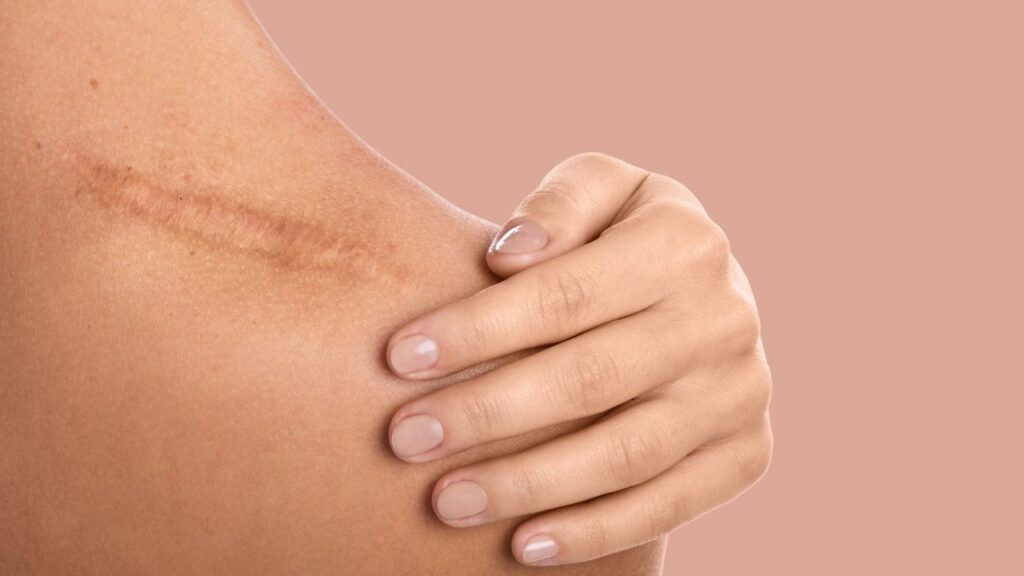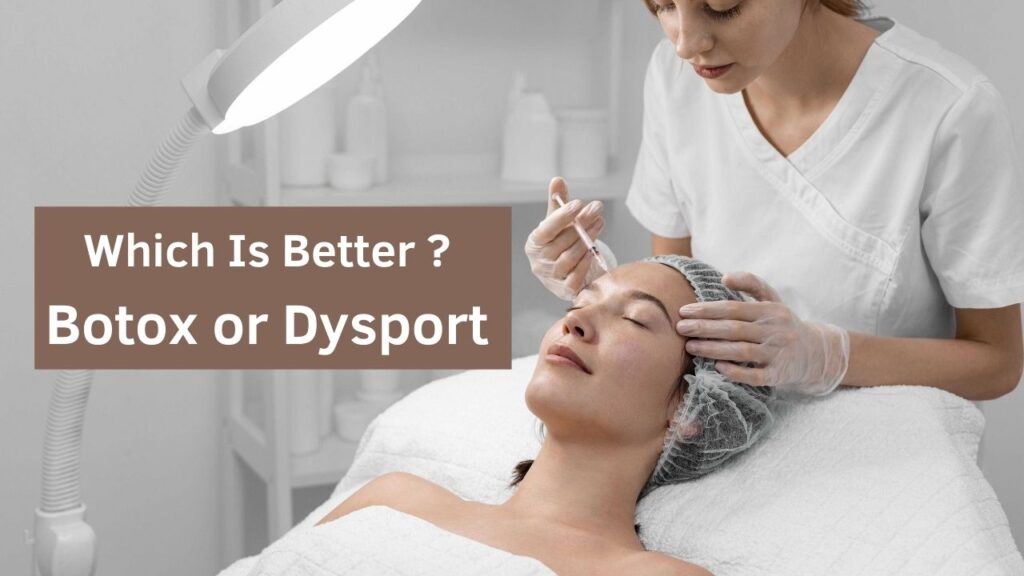Table of Contents
Overview
Pigmentation refers to unwanted darkening (hyperpigmentation) or lightening (hypopigmentation) of the skin. The most common causes of pigmentation include exposure to UV- radiation, chemical agent, trauma, medication, hormonal imbalances, and Vitamin A & C deficiencies. Other factors which can cause this condition are dermatitis, eczema, and psoriasis.
Pigmentation can occur when the melanocytes present in the skin are abnormally or incorrectly dispersed. Melanocytes are the cells found in normal skin which generate melanin, a brown skin coloring pigment. Even though most skin disorders that produce discoloration are completely harmless, people should know when to worry.
Reason for Pigmentation on Face
Pigmentation may be caused by a variety of reasons, some of which are listed below:
- Sun exposure: pigmentation can occur as excessive exposure to the sun can trigger skin inflammation, which stimulates the melanocytes (cells that produce melanin), resulting in dark spots on your skin.
- Changes in hormones: Use of oral contraceptive pills (OCPs) or pregnancy can lead to hormonal alterations that disturb the body’s hormonal balance, which can cause increased production of melanin, leading to hyperpigmentation and melasma.
- Specific drugs: Certain medications, such as hormonal therapy, antibiotics, anti-seizure medications, and Non-Steroidal Anti-Inflammatory Drugs (NSAIDs), may cause hyperpigmentation. These drugs react with melanin and form a drug-pigment complex, causing dark patches to appear. However, this is not always true for NSAIDs.
- Heredity: If pigmentation issues run in your family, then you’re at risk. Genes act as carriers and pass on from one generation to another.
- Acne: Acne is harsh on the skin. On healing, it leaves behind black spots known as Post Inflammatory Hyperpigmentation (PIH). Sometimes excessive melanin is produced by the skin as a protective measure in reaction to skin infections.
- Overuse of strong chemical products: Some cosmetic skincare treatments and products like hair removal creams and waxes contain harsh chemicals that may contribute to skin inflammation, leading to PIH.
Best Treatment for Pigmentation on Face
Look at some of these pigmentation treatment options if you’re looking for anything that works.
- Chemical Peels–Chemical peeling is a process of controlled destruction using a chemical substance, of a part of or entire epidermis, with or without the underlying dermis, in a controlled manner. This aids in the removal of visible lesions. It’s like having a whole new layer of skin with deeper tissues. It works by causing chemical burns to the skin that remove excessive melanin.
- Laser Solutions–If chemical peels aren’t for you, or if only you want a little more, try a laser device instead. Different skin problems can be treated with the newly introduced PiQo4 Laser. Lasers are selected to cater to individual problems close or deep to the skin’s surface. While using heat or energy, it must be ensured that it doesn’t exacerbate your ailment instead of treating it.
- Intense Pulsed Light (IPL)- is used as a broadband light source for photorejuvenation. It targets the wounds on the skin’s surface, accelerates skin regeneration, and removes superficial damage, skin issues, and excessive skin pigmentation. It not only minimizes the appearance of pigmentation markings but also leaves you with healthy-looking skin with little maintenance post-treatment.
- Platelet-rich plasma treatment (PRP) – PRP and micro-needling treatments for the face and body are effective for most patients. The nice thing about a treatment like this is that it’s quick and suits the outcomes for all skin types and conditions. Micro-needling therapy (also known as collagen induction therapy) is used along with PRP to help improve skin texture and tone. It also reduces the appearance of pore size, smooths out wrinkles and fine lines, and lessens hyperpigmentation and scarring. If you seek a high-reward maintenance treatment or need to look your best on a certain occasion, this is ideal for you.
Diet for pigmentation
Diet and lifestyle changes are necessary for normal bodily healing and recovery from health disorders. We should make diet and lifestyle modifications according to the patient’s specific ailment or condition.
People with pigmentation issues may benefit from the following habits:
- Eat green leafy vegetables which contain chlorophyll.
- Eat lots of fresh fruits and vegetables.
- Avoid eating raw or stale food.
- Consume a diet high in proteins.
- Drink 4 to 6 liters of water every day to stay hydrated.
- Apply sunscreen on the exposed skin areas before leaving the house to protect skin from UV rays.
- Sweet potatoes, papaya, pumpkin, berries, and kale greatly benefit pigmentation issues.
- Apply coconut oil on the skin to help lighten your skin’s tone.
FAQs
Which deficiency causes pigmentation on the face?
Different vitamin deficiencies affect your skin’s color, resulting in a pale complexion and causing pigmentation to fade.
- Vitamin C deficiency causes Scurvy, which results in unusual pale skin.
- Folic acid, a vitamin B-9 deficiency, may also cause lightening to skin tone.
- A lack of skin pigmentation can also happen because of vitamin B12 or cobalamin deficiency.
- The amount of pigmentation in your skin might affect your vitamin D levels, even if you don’t have vitamin D deficiency.
List of the best vitamins for skin
Vitamin C, Vitamin B9, Vitamin B12, Vitamin D, and Vitamin E are beneficial for the skin.
Conclusion
Please get in touch with us to set up a consultation if you’d like to learn more about pigmentation options that are right for you.





